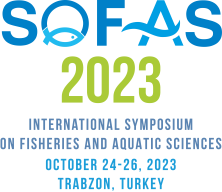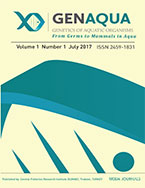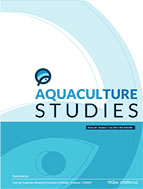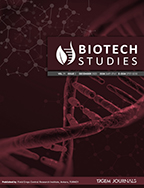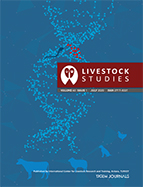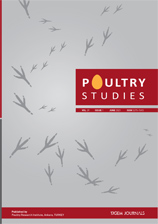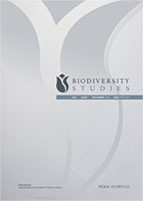Turkish Journal of Fisheries and Aquatic Sciences
2025, Vol 25, Num, 12 (Pages: TRJFAS25931)
Determination of the Effect of Nanoparticle Copper on Navicula cryptocephala var. veneta by Biomarkers and Bioaccumulation Amounts
2 Central Fisheries Research Institute, Department of Aquaculture, Trabzon/ Türkiye
3 Munzur University, Faculty of Health Sciences, 62100 Tunceli, Türkiye
4 Munzur University, Depertment of Veterinary Medicine, Laboratory and Veterinarian Healty Program, Tunceli, Turkiye DOI : 10.4194/TRJFAS25931 Viewed : 618 - Downloaded : 592 Pollutants such as copper nanoparticles (CuNP), which form residues in the environment, especially in water environments, cause serious damage to the environment and the organisms living in the environment. In this study, Navicula cryptocephala var. veneta was selected as a model organism. The EC50 values of CuNP on Navicula cryptocephala var. veneta were determined as 4.94 mgL and 3 different application concentrations were determined considering this ratio. The experiments were carried out in 3 replicates and samples were taken at 24 and 96 hours. At the end of 120 hours, samples were taken to determine the elimination values. CuNP accumulation amounts in the samples were measured by electrothermal atomic absorption spectrophotometer (ETAAS). For biomarker analysis, thiobarbituric acid (TBARS) and glutathione (GSH) levels and superoxide dismutase (SOD), catalase (CAT) and glutathione peroxidase (GPx) activities were performed using CAYMAN ELISA kit. According to the study data, as CuNP concentration and application time increased, the amount of accumulation in Navicula cryptocephala also increased. Increasing-decreasing changes were observed in elimination. CuNP caused oxidative stress in N. cryptocephala and caused changes in TBARS and GSH levels. In addition, it caused increases in SOD activities and statistically significant decreases (P<0.05) in CAT and GPx activities. Keywords : Navicula cryptocephala var. veneta Copper nanoparticles Oxidative stress Biomarker



